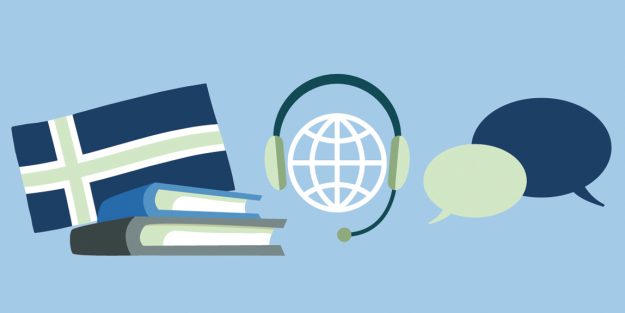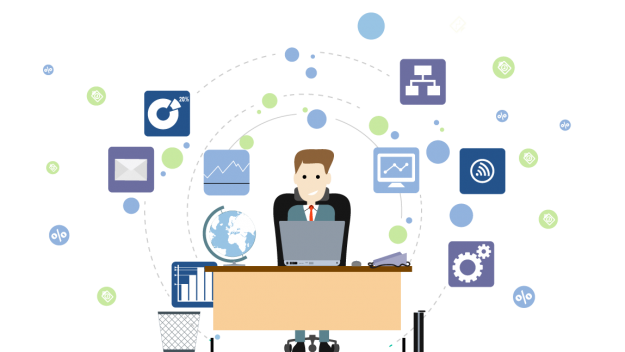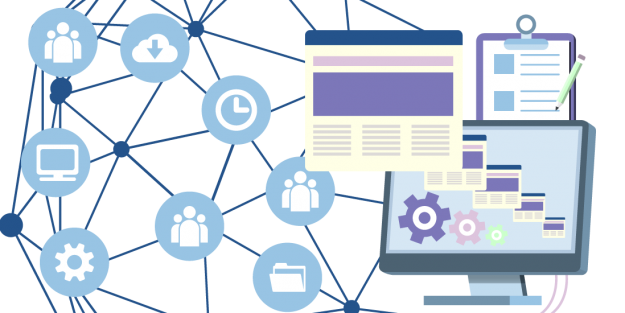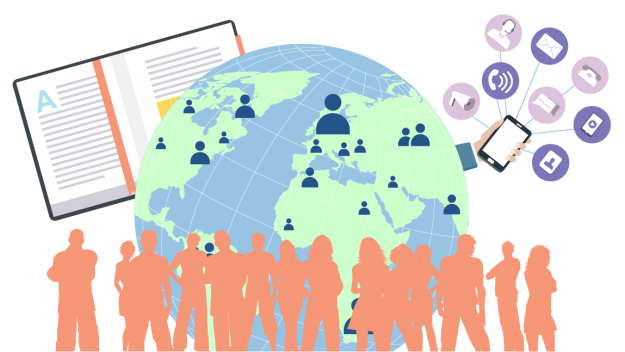Where to Find Icelandic Translator Audio?
Everyone has a different preference in life. Some of us never prefer audios. We don’t like phone conversations. We reject people’s calls and then text them straight away to ask what’s up. Sometimes this preference is rooted in social anxiety and can cause problems in practical life when you have to make and attend calls. In order to make sure it doesn’t get difficult in future people can try to make a couple of calls every now and then. Maybe you call a delivery guy once and consider it a success for that week. Or maybe try to talk to your best friend on the phone and see how it works for you.









